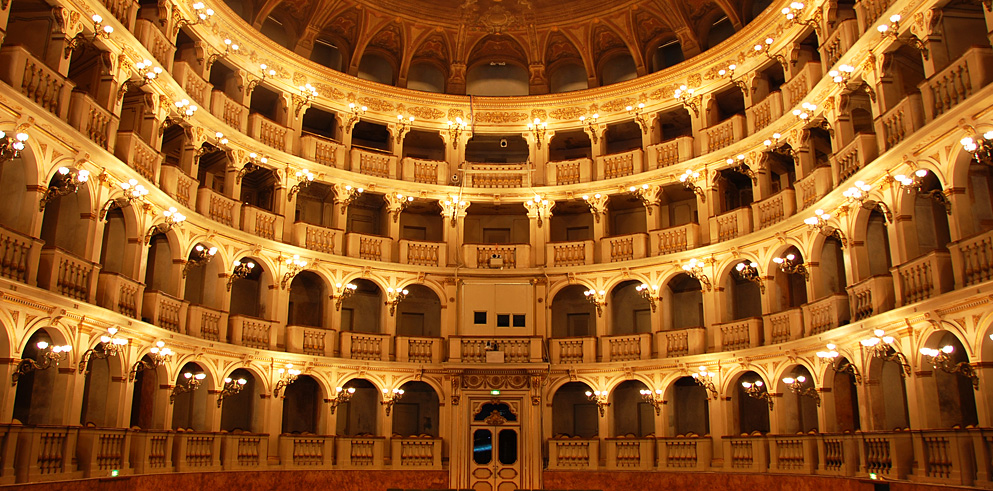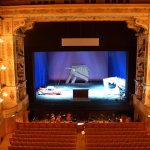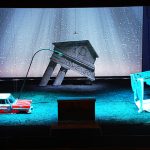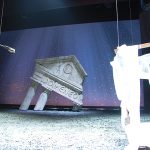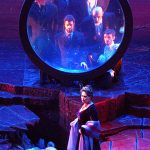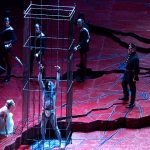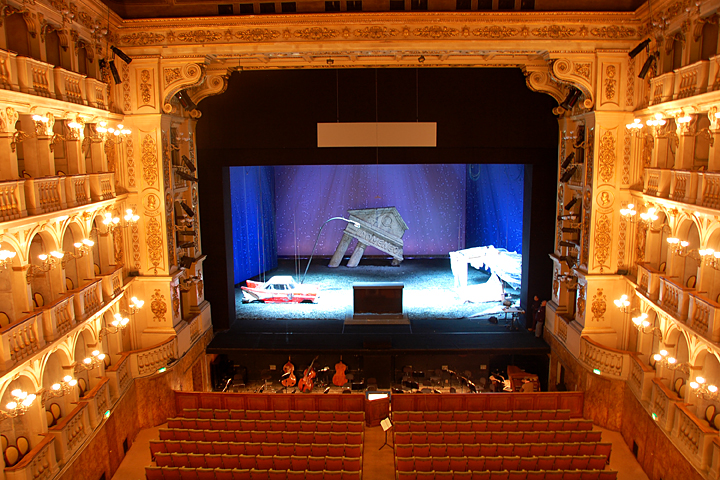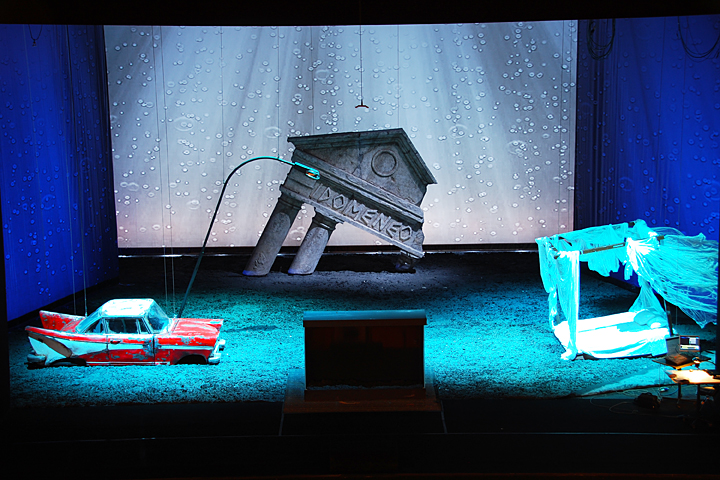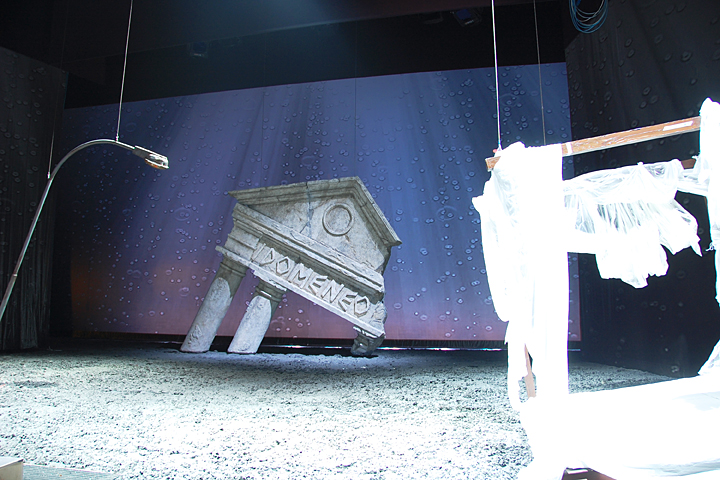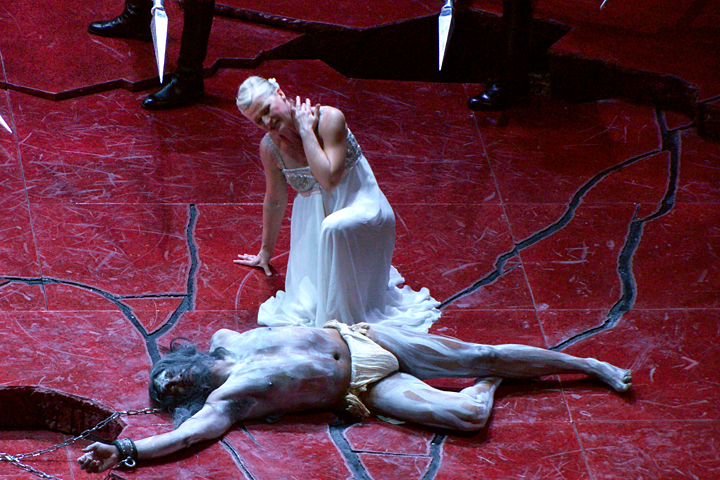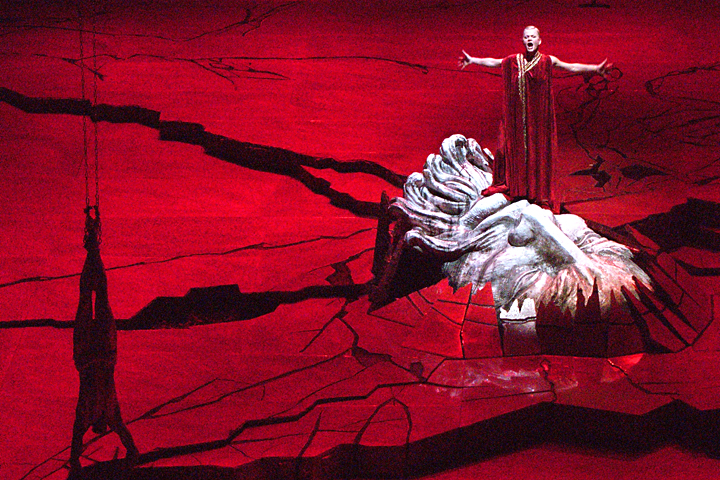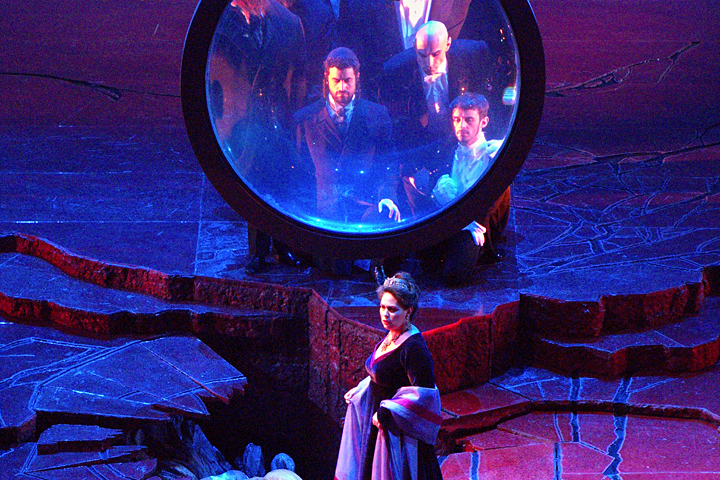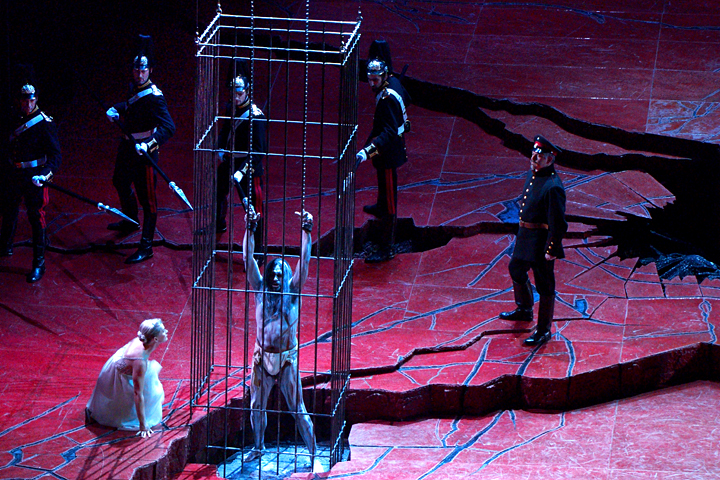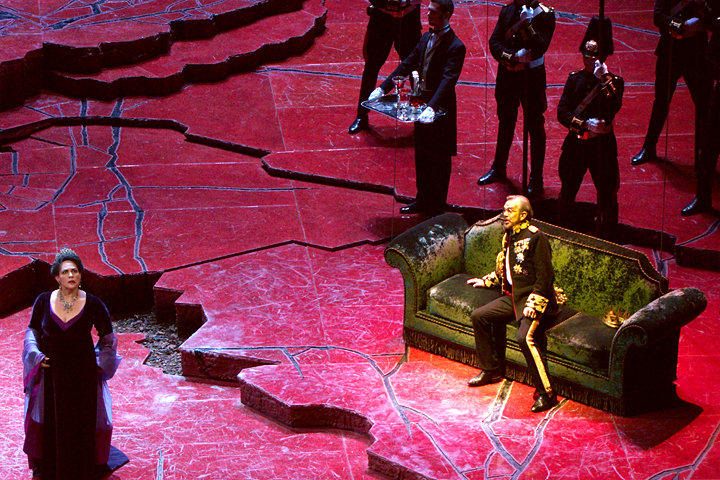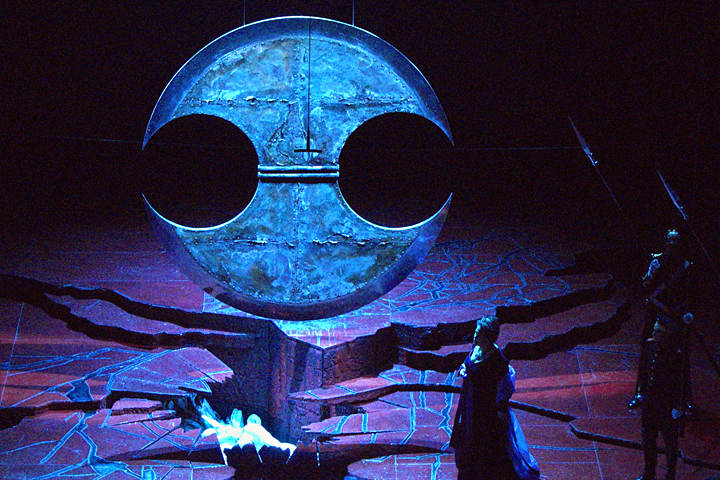The Teatro Comunale di Bologna has some new players on its stage this year: Clay Paky Alpha Washes and Alpha Profiles!
The Teatro Comunale di Bologna was designed in the 17th century by Antonio Galli da Bibbiena, and was the first opera house to be built with public funds and hired out by the city council. Its bell-shaped auditorium consists of four tiers of boxes with a royal box and gallery. During its history, it has put on works by practically all the major composers, including Rossini, Puccini, Verdi, Wagner, Mozart and Donizetti.
Around the end of 2009, the lighting department managers / lighting designers Daniele Naldi and Andrea Oliva felt the need for a larger number of lights. Once they received the go-ahead and fixed budget from the Bologna city council, they turned to the major motorized spotlight manufacturers.
The Clay Paky Sales Manager for Italy Renato Ferrari and the Clay Paky lighting designer Marco Zucchinali went to Bologna straight away and held a demo for the opera house technical staff: “We were very keen to get the whole lighting staff involved,” said Naldi and Oliva, “not just us, but everyone, including the lighting desk operator Lorenzo Gaudenzi, and all the stagehands. We wanted them all to give us their opinions according to their specific roles so that everyone would agree on the final choice.”
Daniele Naldi told us that in a historical opera house, where the most prestigious international orchestras perform every day, built to optimize the acoustics at every point in the auditorium, silent operation is by far the most important feature for a light. “We cannot run the risk of purchasing lights and then hearing the conductor say in a huff: ‘ I can’t work with all this row!’”
The opera house technical team therefore carried out meticulous noise level tests on all the spotlights under examination and found the Clay Paky Alphas to be the most silent in all working conditions.
After this they assessed various other basic parameters: luminous efficiency and light quality, flexibility of use and – last but not least – compliance with the available budget. The Clay Paky Alphas turned out to be the best even from this point of view, as Andrea Oliva explained: “The ideal stage for today’s theatre is one which is both technological and flexible at the same time. With technology, you can create light settings unimaginable with conventional theatre spotlights. With flexibility, you can combine all the functions you had before using several different kinds of light into a single unit. That means less room taken up and less equipment than before.”
Daniele Naldi went into further detail: “Our first work with Alphas was ‘Salome’, directed by Gabriele Lavia. The Alpha Washes were perfect from all points of view. I had absolutely no problems. I particularly appreciated the amount of light delivered and the very linear colour change. You do not notice the changeover from one shade to another. The Alpha Profiles were used to shape beams with precision, and in some scenes they were absolutely irreplaceable. An excellent example is when I followed the great axe with a shaped beam as it came down from the sky to the ground, ending up with complete beam closure. I could never have achieved a similar effect with any other light on the market!”
The lighting desk operator Lorenzo Gaudenzi also said that he was completely satisfied with the choice: “The Clay Paky Alphas have proved to be extremely easy to use and program. They interface perfectly with the remote control desk, and even the odd bit of maintenance they need is easily and effectively manageable.”
And, last but not least, the budget requirements: “Bologna city council provided enough funds to purchase eight professional washlights,” concluded Daniele Naldi and Andrea Oliva, “but thanks to Clay Paky we were able to buy twelve. In practice, the Alpha Profiles are a welcome addition to our expectations. Now we can’t do without them!”
